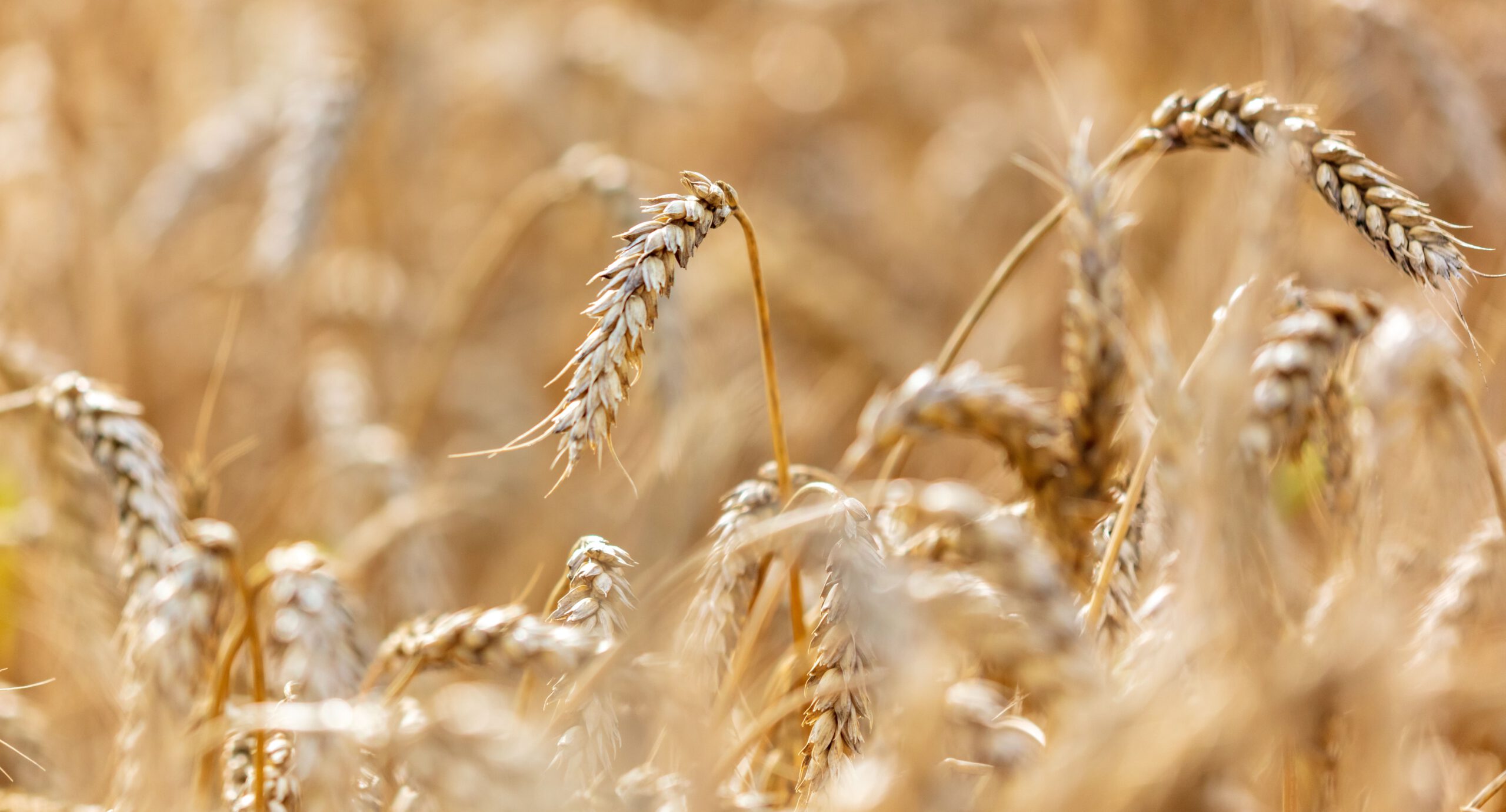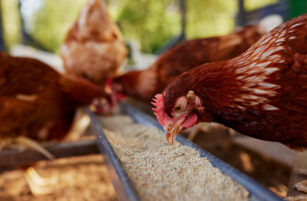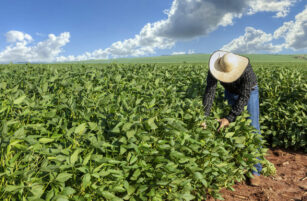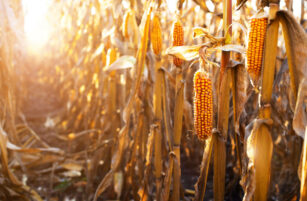857 words / 5.5 minute reading time
- The US Department of Agriculture (USDA) publishes the WASDE report every month, but what does it tell us about wheat?
- How can we ignore the concerns raised about the accuracy of the numbers and data contained within the report?
- This explainer tells you exactly why it is great use to anyone concerned with the wheat market, whilst also addressing its shortfalls.
What is the ‘WASDE’?
The WASDE report (World Agricultural Supply and Demand Estimates) is released by the USDA every month. The report provides stats relating to production, consumption, imports, exports and stock predictions for agricultural crops all across the globe.
How Is the WASDE Report Produced?
- The WASDE includes forecasts for US and world wheat, rice, coarse grains, oilseeds, and cotton. US coverage extends onto sugar, meat, poultry, eggs, and milk.
- The USDA World Agricultural Board of analysts hold nine committee meetings (one per commodity), where they compile information from the USDA and other sources to produce an interesting report.
What Does WASDE Tell Us About Wheat?
We can learn a few things the most recent wheat harvest and subsequent marketing year (2019/20):
- The total global wheat production estimate is at 765.4m tonnes, up 34m tonnes year-on-year (YoY).
- The total global wheat end stocks estimate is 289.5m tonnes, up 11.6m tonnes YoY.
- China is the largest estimated wheat producer (133.6m tonnes), consumer (128m tonnes) and stockist (147.5m tonnes). Perhaps, this is no surprise, given that China is also the most populous country on the planet.
Importers and Exporters
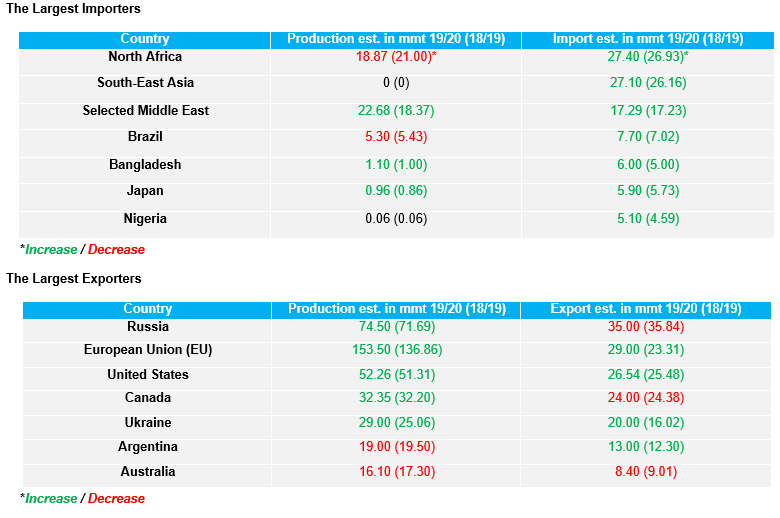
- Details of the main wheat producers, importers, exporters and stockists help us develop a picture of the trade flows from area to area across the globe.
- The above numbers show Russia, the EU and Ukraine having a clear advantage, due to their geographical proximity, as they compete to be the largest exporters to the largest importers in North Africa.
- In contrast, Brazil, for instance, looks to purchase wheat from its near neighbours in Argentina and the United States.
- The US, Argentina and Australia look to supply wheat to Southeast Asia.
What does WASDE not tell us about wheat?
Around 30,000 varieties of wheat are known and can be classified according to planting schedule, endosperm composition, and kernel colour. The WASDE report does not, however, provide details about different types of wheat. For more information wheat classification, please consult our introductory wheat report, which covers all the wheat basics.
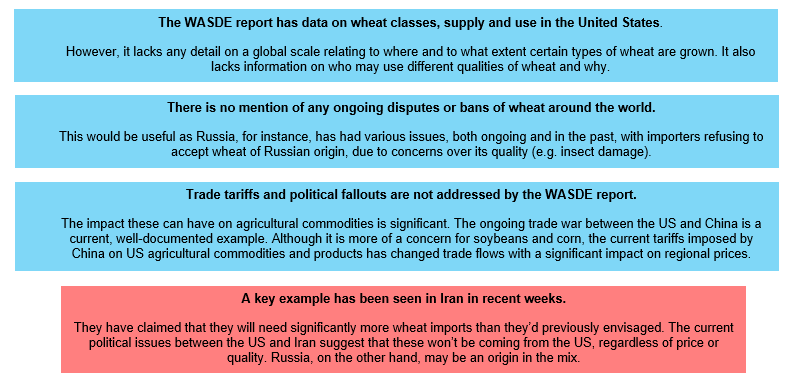
It’s Good, but It’s Not THAT Good
- In short, the WASDE is useful, but it is less useful when used in isolation.
- There is rarely a month that passes without concerns being raised over the accuracy of the numbers and data contained within the report.
- In order to gain a real understanding of how the world of wheat goes around, we need to understand who grows what wheat, when they grow it, and how they do it. It’s also useful to know which regions trade with one another and why this is the case, whether it be related to politics, geography, timing or quality, or all of these things.
